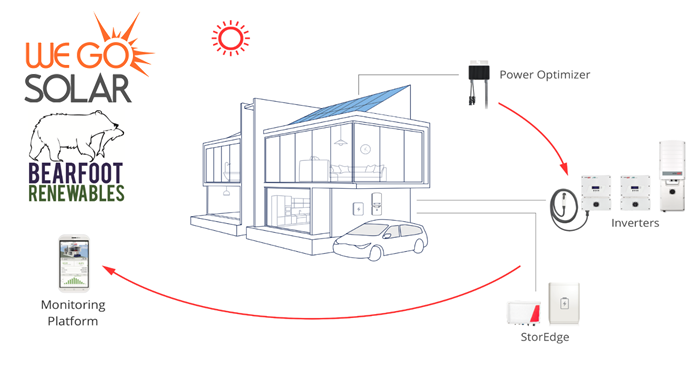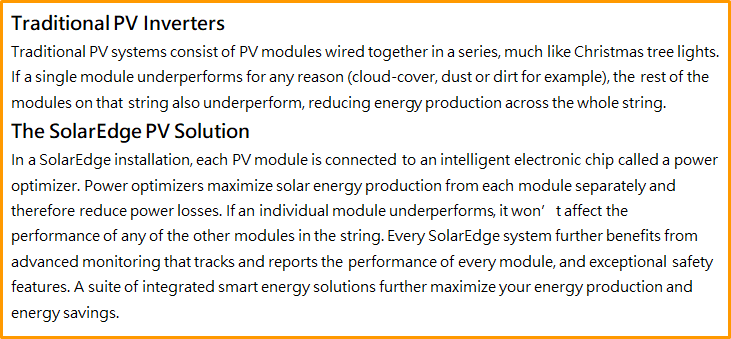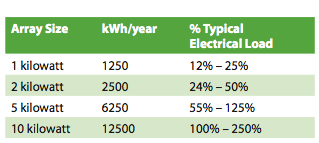





Solar Panel Electric Grid Tie Systems for Your Home
Net Metering & Net Billing
Across Canada, home owners are adding solar electric panels to their roofs. They are doing this to save electricity and to reduce their power bills. They are choosing to use their own solar energy first, and many homes meet 20 to 50% of their annual power need from their rooftop system. They are choosing to use green energy. Since solar electric prices have fallen dramatically over the past 5 years, solar systems are now affordable.
It’s easier than ever to put solar to work on any home connected to the electrical utility grid with Grid-Tie Systems. These complete packages combine the latest solar modules and the highest quality inverters for complete, reliable and fully compatible rooftop solutions.
Why invest in a grid-tie system?
Solar users like using their own energy first, and knowing its source is clean, renewable energy production. Solar fixes the energy costs, avoiding utility rate increases.
What happens in winter?
Solar energy does vary throughout the year. In practice, grid-tie system owners don’t usually worry about snow as winter months have low production.
Why are solar panels a good investment?
Solar electric panels feature a 25 year output warranty and will likely last for 30 years or more. This means the system you install today will produce free and reliable electricity for decades. As an investment in your home, your system will enhance its value while delivering clean, quiet energy for you to use.
Explain Grid-Tie to me. What can I expect?
Grid-tie solar systems are used for homes in the city. A solar system mounted on the roof can produce some or most of the electricity consumed in the home. Most Canadian houses use between 5,000 kWh (very efficient) and 13,000 kWh (not very efficient) per year. Solar systems can reduce electrical consumption by the following amount:

How does a Grid-Tie System work?
See the cross section of a house with solar grid-tie system.
There are two basic components:
Solar array: One to ten kilowatts of solar panels, typically mounted on unused south facing roof space.
Inverter: Converts solar energy (DC) to match utility power.
What happens during a power failure?
Grid-tie systems safely disconnect in the event of a power failure. We offer the option of a Secure Source battery backup that would run some selected loads like pumps or lighting in the event of a blackout.
Any incentives to install solar ?
PST Exempt and if your a business you can write the system off at incredibly accelerated fashion of 50% in the first year, and then 25% and then 12.5% and then another 12.5%. Here is the link to the government site: http://www.nrcan.gc.ca/energy/efficiency/industry/financial-assistance/5147
Some of WeGoSolar Ltd's solar installs
 Loading... Please wait...
Loading... Please wait... Loading... Please wait...
Loading... Please wait...